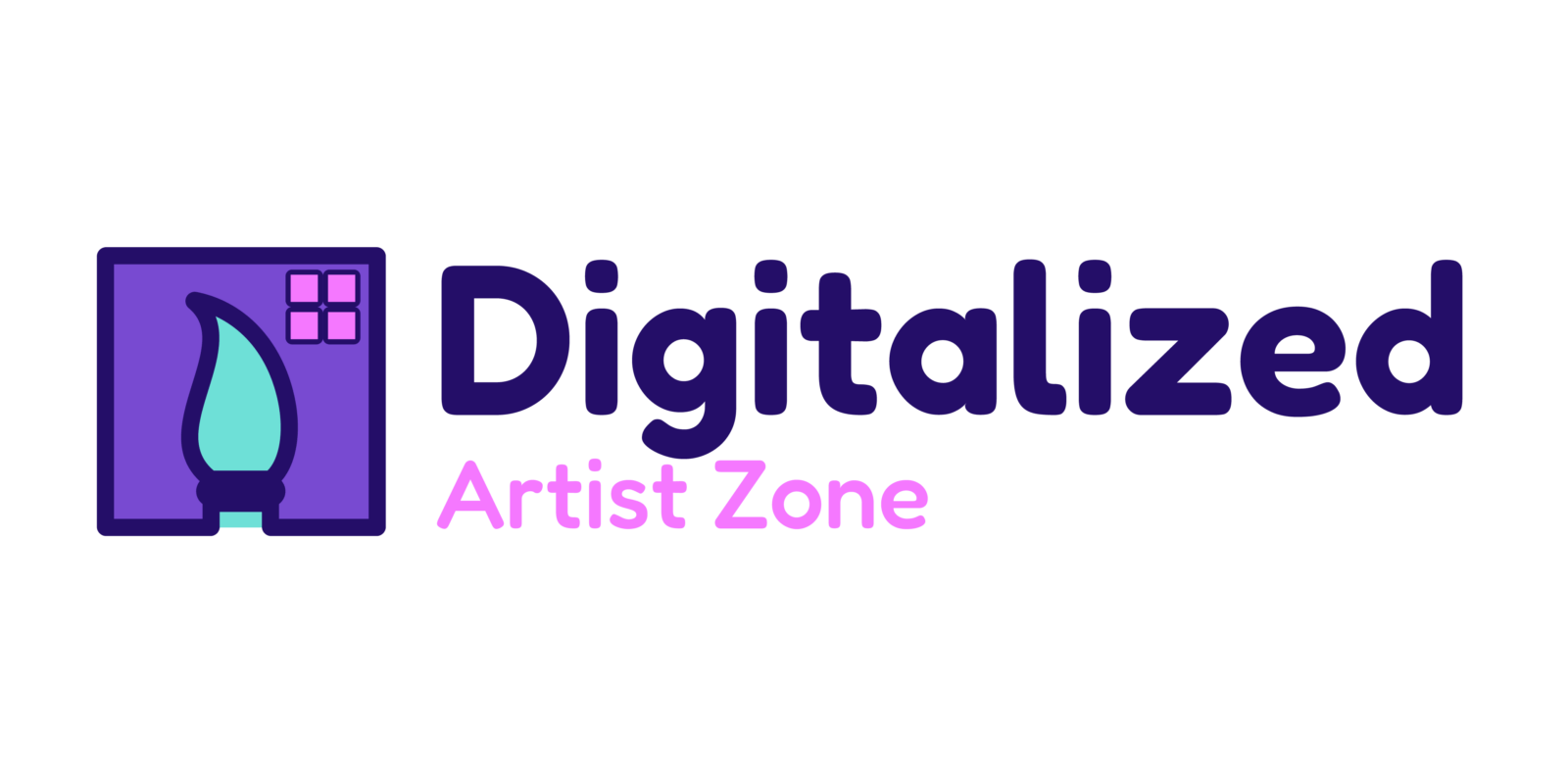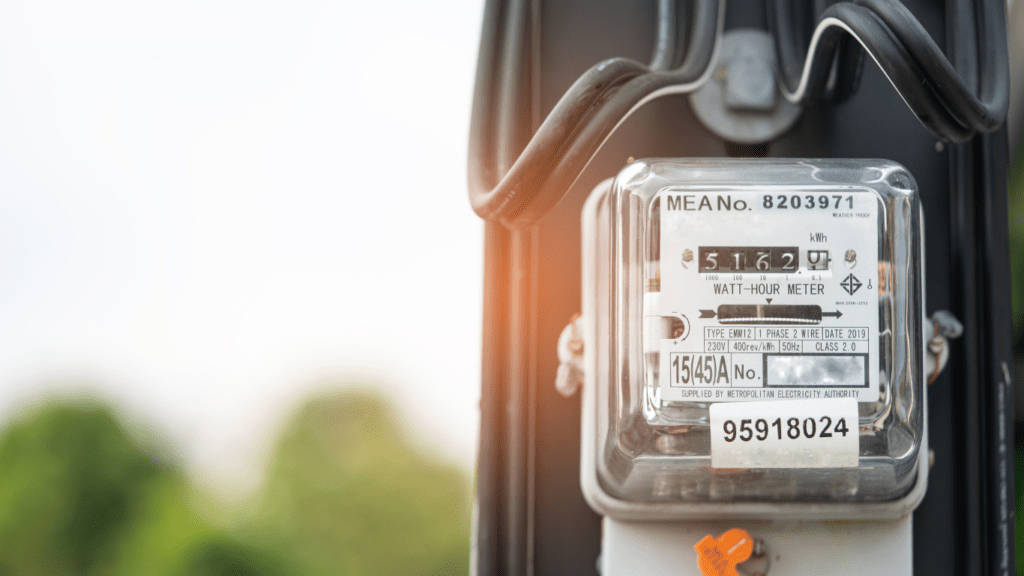In the fast-evolving world of digital art, ensuring the authenticity and provenance of artworks has been a longstanding challenge. However, with the rise of blockchain technology, a revolutionary solution has emerged. Blockchain, renowned for its secure and transparent nature, is reshaping the way digital art transactions are conducted.
As an avid enthusiast of both technology and art, I’ve witnessed firsthand the transformative power of blockchain in safeguarding the integrity of digital artworks. By leveraging decentralized ledgers and smart contracts, blockchain provides an immutable record of ownership, effectively combating issues like piracy and forgery in the digital art realm.
Join me on a journey through the intersection of technology and creativity as we explore how blockchain is not just a buzzword but a game-changer in the realm of securing digital art transactions.
The Impact of Blockchain Technology on Digital Art Transactions
Exploring the profound impact of blockchain technology on digital art transactions is fascinating. Blockchain is revolutionizing the art world by ensuring the security and transparency of transactions. Through decentralized ledgers and smart contracts, blockchain offers an unalterable record of ownership, addressing the challenges of authenticity and provenance in the digital art realm. The transformative power of blockchain in preserving the integrity of digital artworks cannot be overstated. This technology serves as a game-changer in securing digital art transactions, ushering in a new era of trust and efficiency in the art market.
Advantages of Using Blockchain for Securing Digital Art
Utilizing blockchain technology for securing digital art offers several key advantages that revolutionize the art market. Here’s a closer look at the benefits:
Immutability and Transparency
Maintaining the integrity of digital artworks is crucial, and blockchain ensures their immutability and transparency. Each transaction recorded on the blockchain is permanent, creating a transparent and tamper-proof history of ownership transfers and provenance. This feature safeguards against fraudulent activities and ensures a reliable record of the artwork’s journey.
Authenticity and Proof of Ownership
Blockchain technology provides a robust system for verifying the authenticity and provenance of digital art pieces. By storing ownership data in a decentralized and unchangeable ledger, blockchain offers irrefutable proof of ownership, eliminating the risk of counterfeit art or ownership disputes. This transparency instills trust in buyers, artists, and collectors, fostering a secure environment for digital art transactions.
Challenges and Limitations in Securing Digital Art with Blockchain
Discussing the challenges and limitations in securing digital art with blockchain is essential to understand the technology’s practical applications and potential drawbacks. While blockchain technology offers numerous benefits for the art industry, it is not without its challenges.
- Scalability Issues:
Blockchain’s scalability remains a significant concern when it comes to securing digital art transactions. As the number of transactions increases, so does the strain on the network, potentially leading to slower processing times and higher fees. This scalability issue must be addressed for blockchain to become a viable solution for the digital art market on a larger scale. - Energy Consumption:
Another constraint is the high energy consumption associated with blockchain technology, particularly in its proof-of-work consensus mechanism. The energy-intensive nature of blockchain mining processes raises environmental concerns and could deter artists and collectors from fully embracing blockchain for digital art transactions. - Interoperability Challenges:
Interoperability issues may arise when different blockchain networks need to communicate to verify and authenticate digital art transactions. Lack of standardization and compatibility between various blockchain platforms can create obstacles in seamlessly securing and transferring digital artworks across different networks. - Regulatory Uncertainty:
The regulatory landscape surrounding blockchain technology and digital art transactions is still evolving. Uncertainties regarding the legal enforceability of smart contracts, copyright protection, and ownership rights in digital art could pose challenges in ensuring the security and legitimacy of transactions conducted on blockchain platforms. - Data Privacy and Security Concerns:
Maintaining data privacy and security in blockchain-based digital art transactions is crucial but presents its own set of challenges. While blockchain offers transparency and immutability, ensuring the protection of sensitive information and preventing unauthorized access to digital art assets require robust security measures and encryption protocols.
Recognizing these challenges and limitations is vital in the ongoing development and adoption of blockchain technology for securing digital art transactions. Addressing these issues through technological advancements, industry collaboration, and regulatory frameworks is essential to realizing the full potential of blockchain in revolutionizing the digital art market.
Implementing Blockchain Solutions in the Digital Art Industry
Implementing blockchain solutions in the digital art industry is revolutionizing how transactions are conducted securely, transparently, and efficiently. Blockchain technology’s decentralized ledgers and smart contracts play a pivotal role in reshaping the landscape of digital art transactions. It ensures the integrity and authenticity of digital artworks while enhancing security and transparency in the art market.
Blockchain technology offers several advantages when it comes to securing digital art transactions:
- Immutability: Once data is recorded on the blockchain, it cannot be altered or tampered with, ensuring the authenticity and provenance of digital artworks.
- Transparency: Blockchain provides a transparent and publicly verifiable record of transactions, enabling all parties involved to track and verify the history of digital art pieces.
- Proof of Ownership: Through blockchain, artists, buyers, and collectors can have a secure and irrefutable proof of ownership for digital artworks, instilling trust and confidence in the art market.
- Tamper-Proof Record: Blockchain ensures a tamper-proof record of ownership transfers and provenance, safeguarding the authenticity and ownership rights of digital artworks.
Despite the significant benefits of blockchain in securing digital art transactions, there are challenges and limitations that need to be addressed:
- Scalability Issues: The current scalability of blockchain technology poses challenges in handling a large volume of transactions, especially in a fast-paced digital art market.
- Energy Consumption: The energy-intensive nature of blockchain operations, such as mining, raises concerns about its environmental impact and sustainability.
- Interoperability Challenges: Ensuring seamless interaction and compatibility between different blockchain networks and platforms is crucial for widespread adoption in the digital art industry.
- Regulatory Uncertainties: The regulatory landscape surrounding blockchain technology and digital art is evolving, leading to uncertainties that may impact its adoption and growth.
- Data Privacy and Security Concerns: Safeguarding sensitive information related to digital art transactions on the blockchain raises issues regarding data privacy and security that need to be addressed.
By overcoming these challenges through advancements in technology, industry collaboration, and regulatory frameworks, the full potential of blockchain in securing digital art transactions can be realized, paving the way for a more secure and transparent digital art market.




